Anecdotes and other notes from the U-M Special Collections Research Center.
Beyond the Reading Room
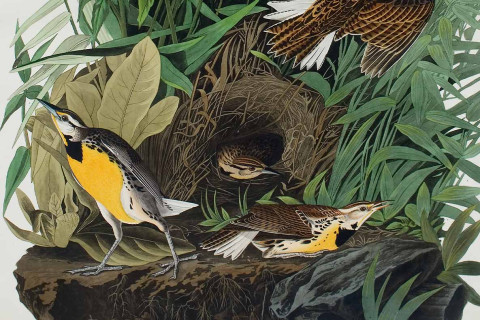
Posts in Beyond the Reading Room
Showing 221 - 230 of 391 items

- Kathleen L Dow
The Charles Ellet, Jr. Papers, part of our Transportation History Collection, document the career of a man who surveyed rivers, built innovative bridges, and served as Colonel of the U.S. Ram Fleet during the Civil War. Guest writer Lauren Lincoln-Chavez, who processed the collection, tells the story of an exceptional 19th century engineer.

- Evyn Kropf
The manuscript currently preserved in our library under the shelfmark Isl. Ms. 350 has a fascinating history that can be traced in internal owners’ marks and external documentary sources. Produced in Delhi, the manuscript was acquired by the library in 1924 along with several hundred other manuscripts from Istanbul that came to be known as the "Abdul Hamid Collection." How did these manuscripts reach Ann Arbor? Read the intriguing story in this second of two posts!
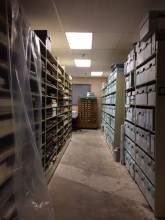
- Annika Joyce Pattenaude
There's a moment of suspense every time I remove the lid of an archival box. What will I find inside? Folders of nineteenth-century correspondences in French? A civil war diary with a bullet hole in its leather cover? A pile of pamphlets about applying makeup for transwomen? A random letter signed by J.R.R. Tolkien? (Yes, I really did find one!) After five weeks in the archives unit of the Special Collections Library, I have come to realize that I never really know what I will find...
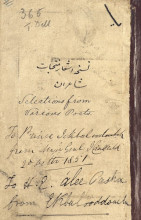
- Evyn Kropf
The manuscript currently preserved in our library under the shelfmark Isl. Ms. 350 has a fascinating history that can be traced in internal owners’ marks and external documentary sources. Produced in Delhi, the manuscript was acquired by the library in 1924 along with several hundred other manuscripts from Istanbul that came to be known as the "Abdul Hamid Collection." How did the manuscript end up in Istanbul? Read the intriguing story in this first of two posts!

- Juli McLoone
Researcher Mark Bocek will join us this Thursday, June 8th at 4:00pm in the Hatcher Gallery for a lecture focusing on actress, puppeteer, and U-M alumna Ellen Van Volkenburg and her role in co-founding Cornish College of the Arts’ Theater Department at Cornish College of the Arts.
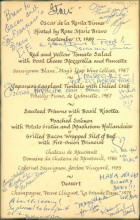
- Juli McLoone
The Michigan Theater will be showing Jeremiah Tower: The Last Magnificent next Tuesday, May 30 (4:15pm, 7:00pm, 9:15pm) and Wednesday, May 31 (4:15pm, 7:00pm, 9:15pm). Arrive early, and you may catch a peek at a slideshow of menus from Jeremiah Tower’s personal menu collection, housed here at the University of Michigan Special Collections Library in the Janice Bluestein Longone Culinary Archive.
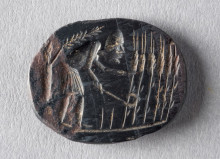
- Pablo Alvarez
The Exhibit "The Art and Science of Healing: From Antiquity to the Renaissance" is now gone from the Kelsey Museum and the Audubon Room of the Hatcher Library, but we can still see it through the eyes of undergraduate Noah Waldman, who last semester wrote an exhibit critique for professor Aileen Das' class, "Ancient Medicine in Greece and Rome". Selected by Dr. Das, I am very pleased to post Noah's review in our Special Collections blog.
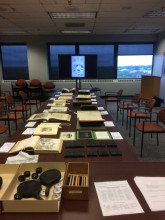
- Pablo Alvarez
As part of last week's Enriching Scholarship events, I offered an introductory workshop on the subject of illustrations in early printed books. In brief, the participants of this session learned not only about how these extraordinary images were created but also about how to identify the details of their production by examining actual books. For each book the following question was raised: are these illustrations woodcuts, engravings, or lithographs? We all had great fun!
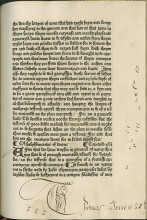
- Kristine Greive
One of the most frequently asked questions about items in our collections is “How did we get this?” Our new exhibit, Storied Acquisitions: Highlights from the University of Michigan Library Collections, explores this question while celebrating the strength and breadth of the Library’s collections. From student work to spoils of war, the materials on display tell the stories of some of the students, alumni, faculty, and donors who have helped build our distinctive collections.
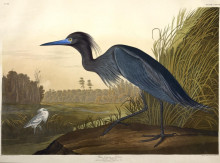
- Juli McLoone
Although the University of Michigan was founded in 1817, it was not until the University re-located to Ann Arbor in the late 1830s that the University began working towards the establishment of a University Library. The first “official” purchase for the library was made in February 1838, just a few months before Asa Gray set out on his European book-buying voyage.